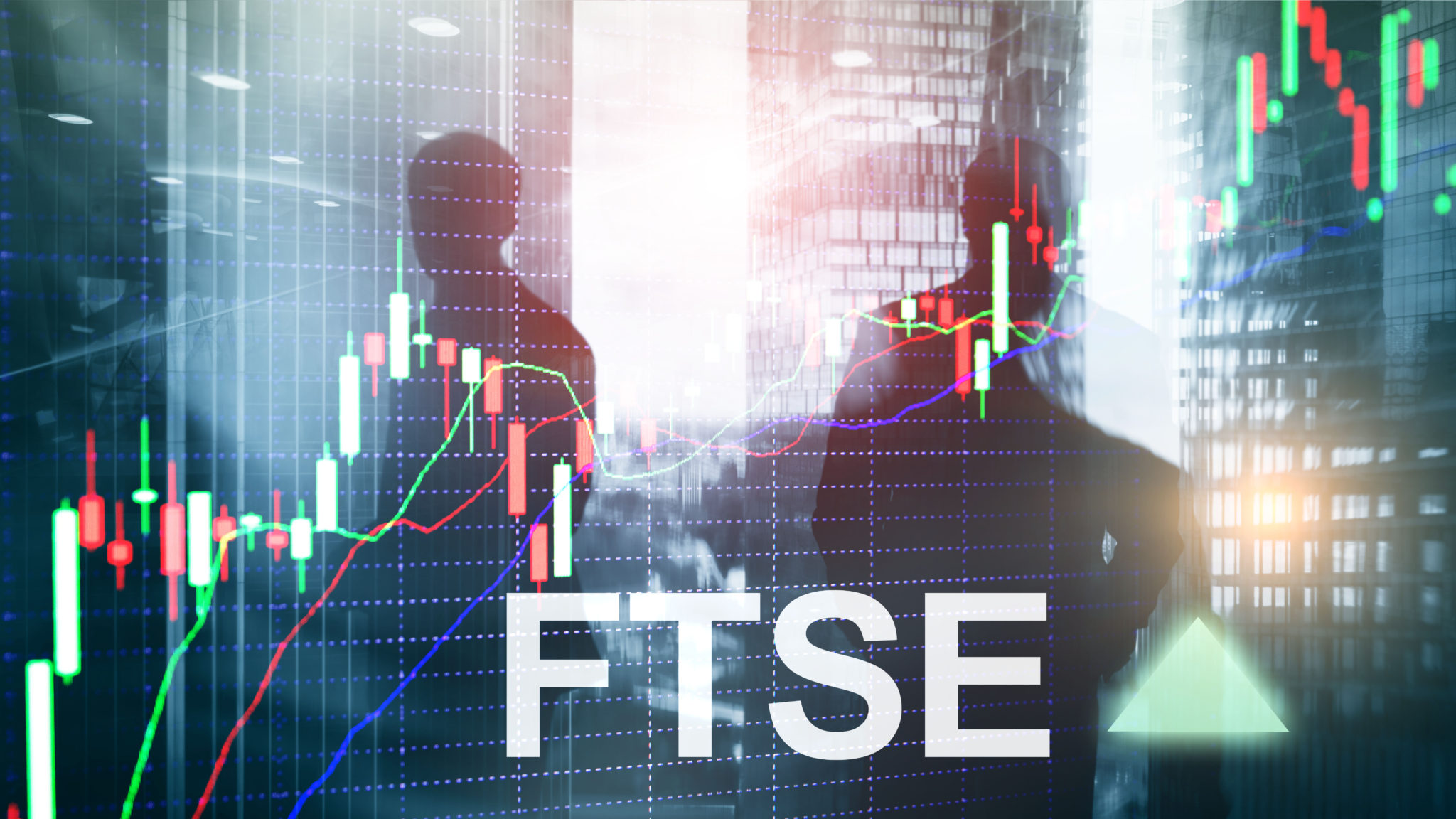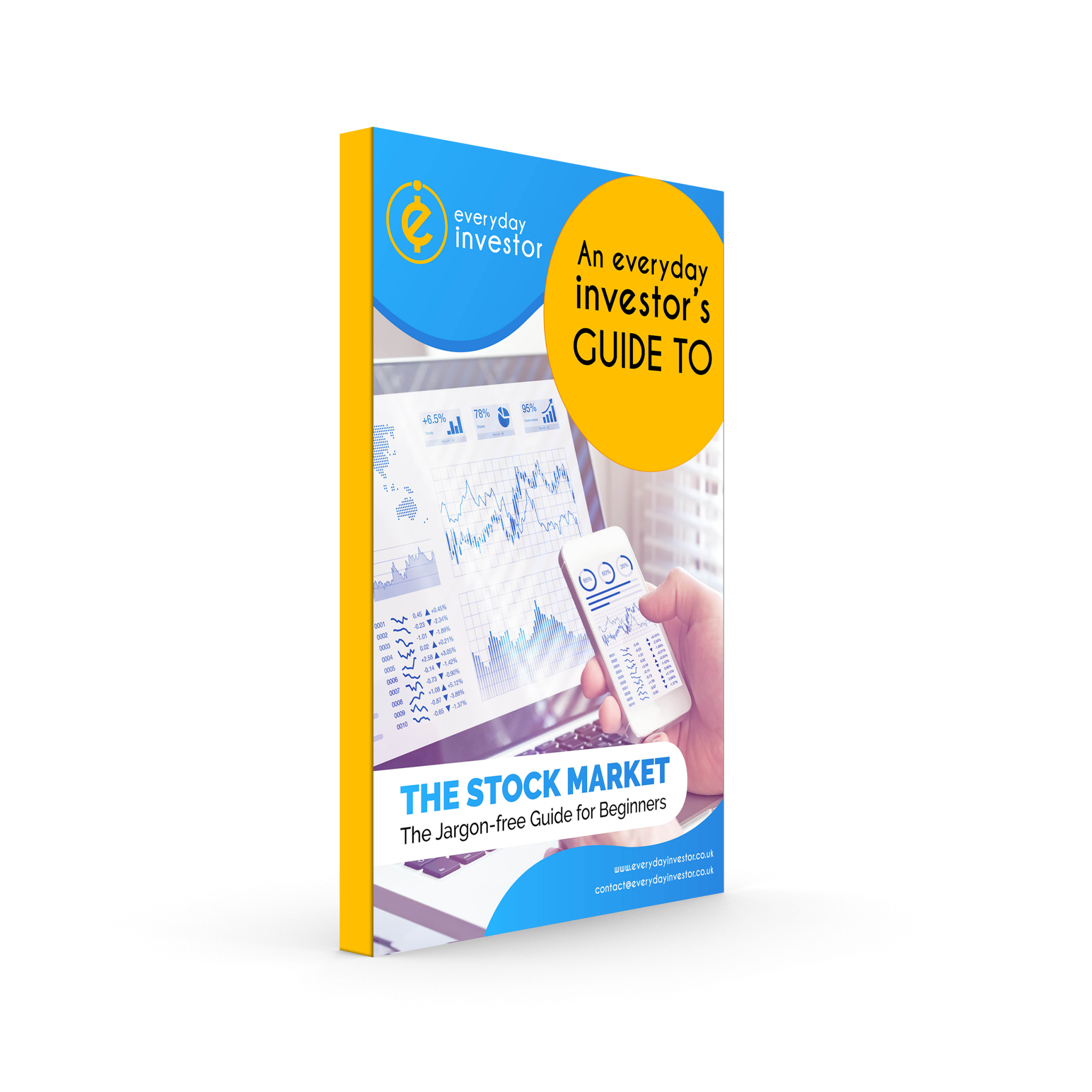Investing for growth definition
Investing for growth is an investment strategy that places focus on growing your money over the long-term. The intention is to achieve capital growth. Capital growth is defined as an increase in the total value of your investment over time.
Those following this strategy of investing for growth typically seek to buy shares they believe will rise in value over time. By rise in value we mean the share price increases in the long-term. Therefore, people investing for growth will look for shares that have a potential upside.
The desire for the investor is, in the future, to be in a position to sell the shares for a higher price than the price they bought them at. As a result, they would make a profit. This profit is called a capital gain. This means the capital (money) they are receiving from the sale is greater than the capital they originally invested.
This investment strategy is an alternative one to investing for dividends from shares, where investors seek to generate a stable income from their investment.
Options when investing for growth
There are different options when it comes to investing for growth from the stock market.
Shares
The first option is to buy shares. Typically, these would be earlier stage companies with the potential to grow and generate larger profits in the long-term. However, an alternative is to buy shares in companies that pay dividends and then re-invest those dividends into buying more shares of the company. Most stockbroker platforms will allow you to activate a setting that will carry this out automatically when a dividend is paid.
Funds
The second option for growth investing is to buy into funds. Growth funds will often buy earlier stage companies in a bid to achieve growth and re-invest any profits or dividends. You will usually see these types of funds called accumulation or growth funds.
The intention of these funds is to attempt to grow the total value of the fund. If they are successful in the long-term, the result would be an increase in the value of your stake in the fund. If the fund is able to deliver this growth, it would allow you to sell your stake in the future for a higher price than the price you paid for it.
None of these options are mutually exclusive. Investors may choose to incorporate all of them in their portfolio if they wish to.
The risks of investing in growth stocks
It is important to explain that there are of course risks involved with this approach, as there are with any sort of investing. If you are going to adopt this strategy, you should exercise caution and make sure you understand the risk you are taking on.
Investing for growth is a long-term strategy. It is important that you never invest any money you may need to get back quickly. You therefore need to consider whether you can sustain yourself without having to take the money back out. The value of the investment at any given point cannot be guaranteed.
Investing in growth shares can also be quite the emotional roller coaster. These stocks can be subject to frequent fluctuations. You should ask yourself whether you can tolerate drops in the value of your investment. You should also consider whether you are diversified. That’s to say you haven’t put all your eggs in one basket.
The potential rewards of investing for growth
So, considering the risks involved why do people still pursue a strategy of investing for growth? Well, if you are willing to wait there is the potential for significant upside. Generally, the stock market has trended upwards over time. In amongst the flops there have been many success stories. Companies like Amazon started somewhere too. In 1997 when Amazon first listed on the stock market in the US the share price was $16 per share. The relative share price today is significantly higher.
Ultimately, it is a personal choice and may depend on where you are at in your life and whether you need the money now or are willing to wait. Growth investors seek to accumulate, believing patience will pay-off in the future. You should consider all the factors, weigh up the potential risks and rewards and make your own decision.
Share prices of growth stocks
Investors will usually analyse the share price of the company when evaluating a potential investment for its growth potential. It is worth noting that growth stocks may already have a degree of the company’s future prospects factored into the share price.
Share price is driven by demand. So if lots of investors are buying a share because they believe it will rise in future then this will have the effect of pushing the share price up. Investors may choose to watch a share for a period of time to see how its price fluctuates before deciding whether to invest.
See our more detailed explanation of how shares prices are determined.
Capital gains tax on shares
One thing you should know is that when you make a profit by buying and selling a share (or fund) you may need to pay capital gains tax. Our guide to tax on shares explains how this works.
Keeping it simple
Investing for growth is an investment strategy where investors seek to grow their money over the long-term. They will attempt to achieve this through buying shares they believe will rise in value over time or funds that place focus on achieving long-term growth.
If you’re keen to learn more make sure you check out the rest of our website or grab a copy of our free Beginner’s Guide to Investing in the Stock Market.
All our content is provided for educational purposes only, to help you make your own decisions. We don’t provide personalised advice and therefore our content should not be considered an invitation, inducement or recommendation to engage in any particular investment activity. Please review our disclaimer and website terms for full details.








